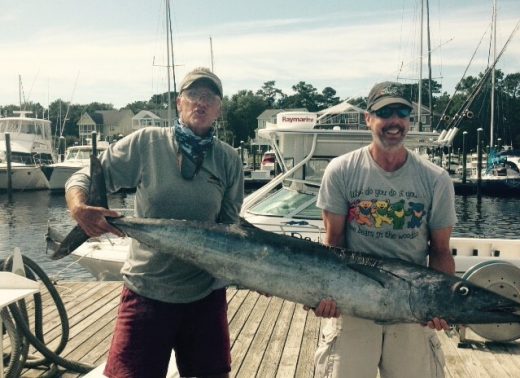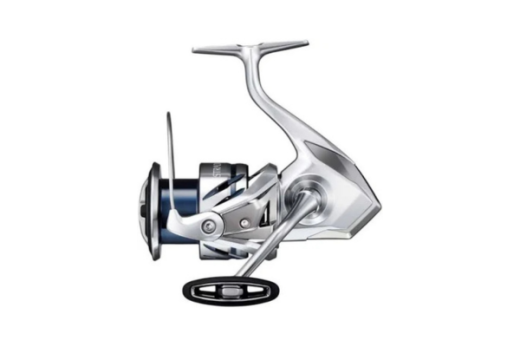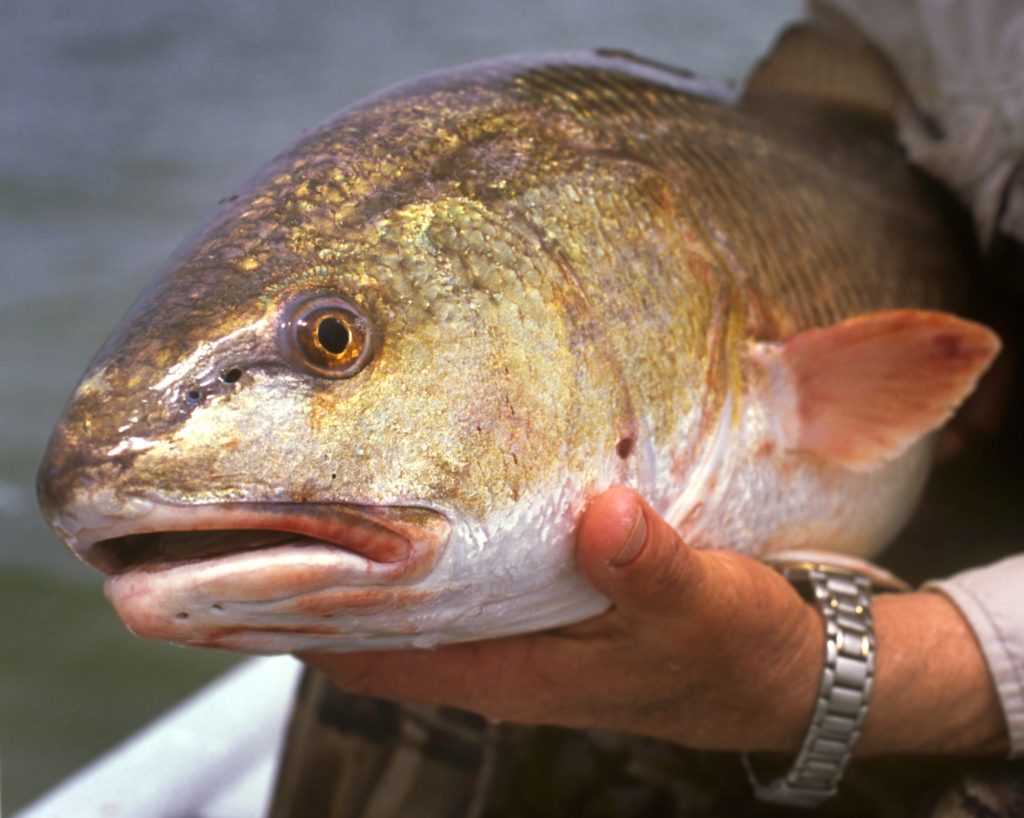What Makes Up The Inshore Summer Fishing Pattern
Inshore fishing has many patterns which dictate when and how the fish bite. They’re made up of an almost endless number of factors that impact the fish depending on the species. How the fish are biting and where and when are just a few. Understanding these factors takes time to develop, however, once you learn them, you’ll be able to face the summer pattern with confidence.
One of the first factors is the water temp changes. I know this is obvious, but it’s the one thing that impacts most everything. It causes the fish to move out of deeper water where they survived the cooler winter months, and now they are heading to the shallower, warmer water that’s heated by the sun. As a result, the fish will stack in these shallow water creeks waiting for the baitfish to come by.
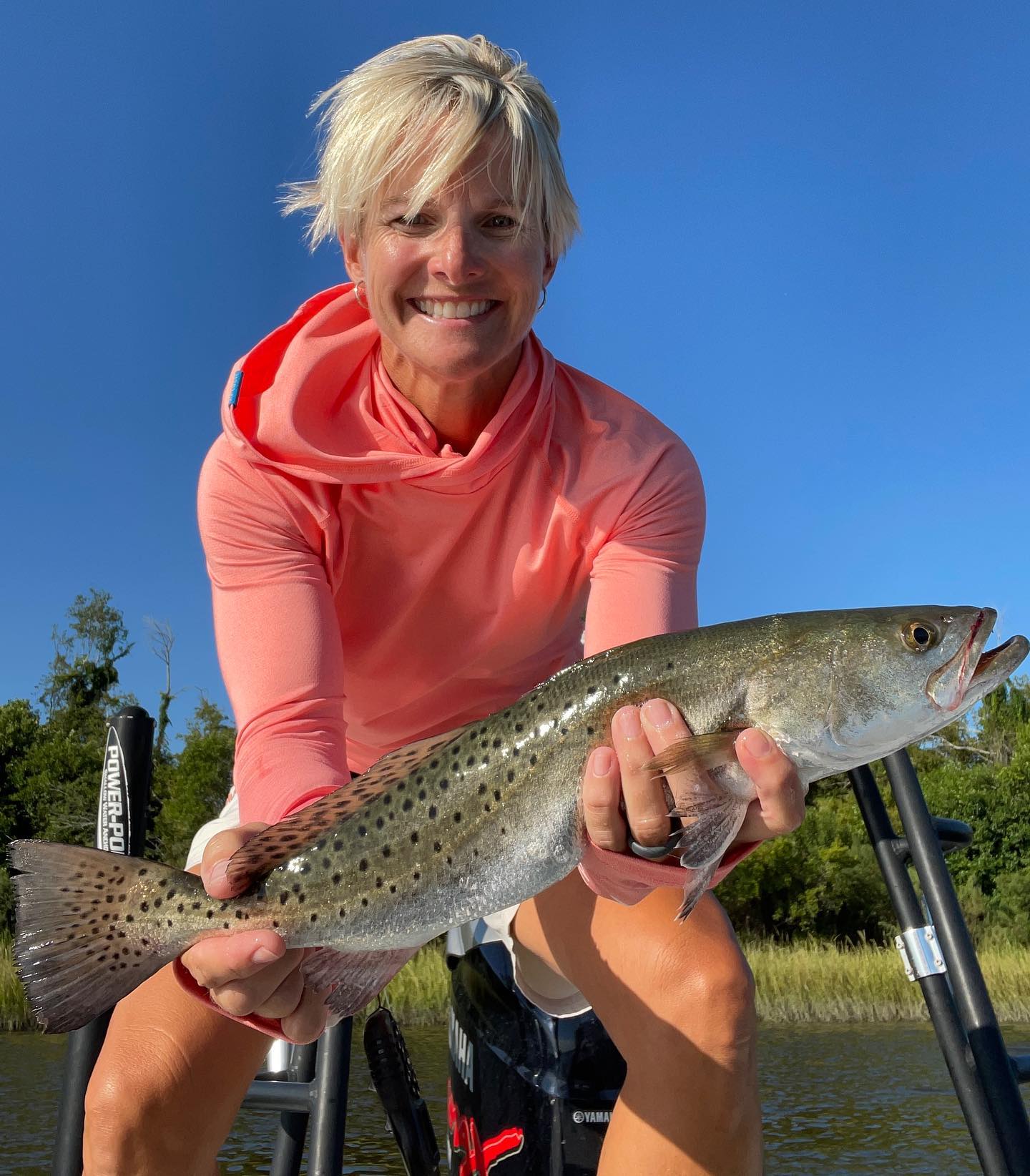
That more shallow water is where they find the baitfish are far more plentiful in the summer months. Baits like finger mullet, poggies, pinfish, and shrimp, to name a few. Match your bait profile to what baitfish are moving in the area fishing. Your soft and hard plastics should match those baitfish as closely as possible. However, making a slight change in your bait will cause it to stand out from the passing live bait. An example would be when you are seeing glass minnows, choose a lure that looks like a glass minnow with a pink color. This will give your lure a better chance to be attacked by the fish you’re going after.
The movement of the water is another important factor. This will determine where the baitfish is moving and dictate the position of your boat. It will also change the water depth that impacts where the fish will be feeding. Reading these factors can be a challenge at first, but soon you’ll be a natural, and you can easily read the water, bait movement, and the other conditions that make fishing the summer pattern a success.

You may be interested

Why Winter Is When Seasons Are Won
Tim Wilson - January 4, 2026In the Carolinas, winter is not down-time, it’s prep time. It’s the quiet work that sets you up for those unforgettable days when the Spanish blitz the…
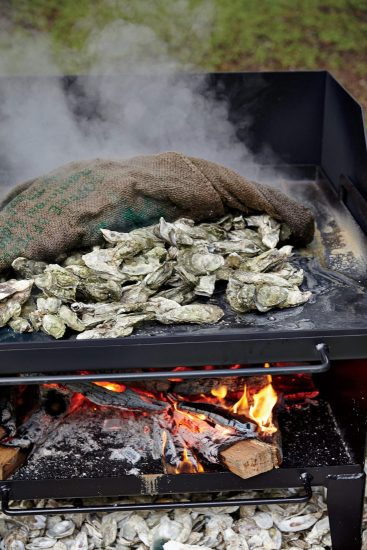
An Oyster Roast at Christmas…. Southern Style
Tim Wilson - December 15, 2025By the time the first stars show over the marsh, the fire is already glowing. Oak and pine crackle beneath a heavy sheet of metal, and the…
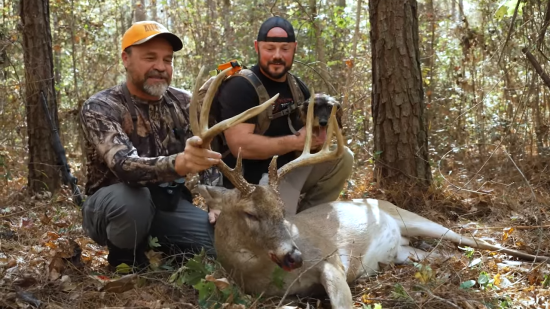
BIG NC 8 Point COMES IN TO RATTLING!!
Tim Wilson - December 15, 2025The rut is just getting underway and with each sit Chris edges his way closer to a large core area that a number of bucks were using…
Most from this category

How Environment Changes Have Impacted Fishing…..The Parsons’ Perspective
Tim Wilson - December 15, 2025